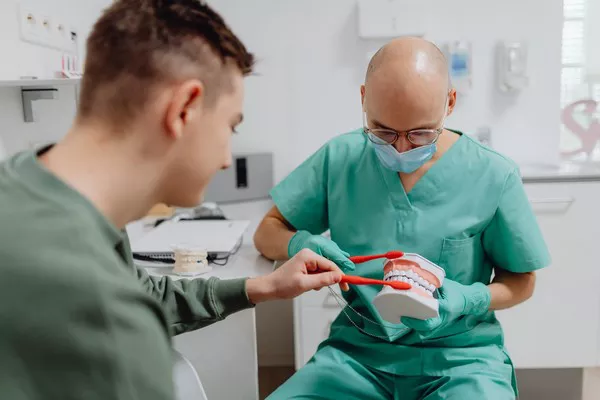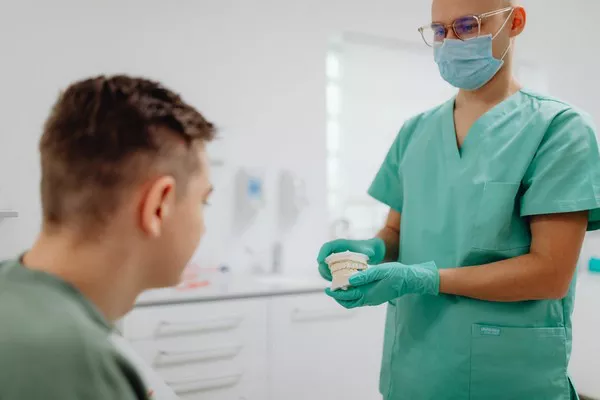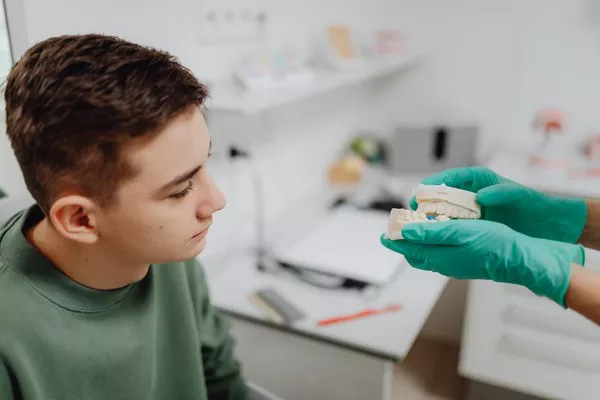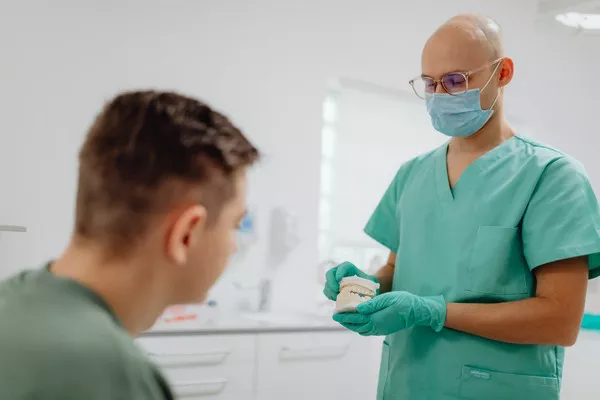A radiant smile is often associated with good oral health and boosts self-confidence. However, stained or yellow teeth can be a source of embarrassment for many individuals. If you’re looking to restore the natural whiteness of your teeth quickly, this article presents safe and effective techniques. It’s important to note that professional dental advice should always be sought before attempting any whitening methods.
Maintain Good Oral Hygiene
The first step towards achieving a brighter smile is to establish a diligent oral hygiene routine. Brushing your teeth at least twice a day using a fluoride toothpaste and replacing your toothbrush every three months helps remove surface stains and prevent further discoloration. Additionally, flossing daily and using an antimicrobial mouthwash will help eliminate plaque buildup and combat bad breath.
Limit Consumption of Staining Substances
Certain foods and beverages can contribute to teeth staining. Coffee, tea, red wine, and cola are common culprits. While it may be challenging to completely avoid these substances, reducing their consumption and rinsing your mouth with water afterward can minimize their impact on teeth coloration. Avoiding tobacco products is also crucial as they cause severe discoloration.
Try Natural Remedies
Several natural remedies have shown promise in removing surface stains from teeth. These include:
1. Baking Soda:
Mixing a small amount of baking soda with water to form a paste and applying it to your toothbrush can help gently scrub away stains.
2. Hydrogen Peroxide:
Diluted hydrogen peroxide can act as a natural bleaching agent when used responsibly. Swishing a mixture of equal parts water and 3% hydrogen peroxide for a minute, followed by thorough rinsing, can yield noticeable results over time.
3. Oil Pulling:
Swishing coconut oil or sesame oil in your mouth for 10-15 minutes daily can help reduce bacteria, plaque, and stains. This technique should not replace regular brushing and flossing.
Over-the-Counter Whitening Products
There are numerous over-the-counter whitening products available, such as whitening toothpaste, strips, gels, and trays. These typically contain mild bleaching agents or abrasives to remove surface stains. It’s important to follow the instructions carefully and avoid overuse, as excessive application may lead to tooth sensitivity or gum irritation.
Professional Teeth Whitening
For those seeking rapid and reliable results, professional teeth whitening treatments offered by dentists are highly recommended. These procedures utilize stronger bleaching agents and yield more noticeable improvements. Dentists can tailor treatment plans to address individual needs while ensuring safety and reducing any potential side effects.
Do yellow teeth go back to white?
Yellow teeth can often be lightened and improved, but it’s important to note that the extent to which they can return to a white shade depends on several factors. The natural color of teeth varies from person to person, with some individuals having naturally whiter teeth than others. Additionally, the underlying cause of tooth discoloration plays a significant role in determining how effectively it can be treated.
There are two main types of tooth discoloration: extrinsic and intrinsic. Extrinsic stains occur on the outer surface of the tooth and are typically caused by factors like food and beverage consumption, smoking, or poor oral hygiene. These stains can often be removed or reduced through professional cleanings, at-home whitening treatments, or lifestyle changes.
On the other hand, intrinsic stains originate from within the tooth and may be caused by factors such as genetics, certain medications (e.g., tetracycline), excessive fluoride exposure during tooth development, or dental trauma. Intrinsic stains are often more challenging to treat, as they affect the internal structure of the tooth. However, professional whitening treatments or cosmetic procedures like veneers can still provide noticeable improvements for many patients.
It’s important to manage expectations when it comes to teeth whitening. While yellow teeth can often be lightened, achieving a perfectly “white” shade may not be realistic for everyone. Teeth whitening treatments can typically remove or reduce stains, restoring a brighter and more vibrant appearance. However, the final result will depend on factors such as the severity and type of discoloration, individual response to treatment, and maintenance of good oral hygiene practices.
To ensure safe and effective teeth whitening, it is always recommended to consult with a dental professional who can assess your specific situation and provide appropriate treatment options based on your needs and goals.
Conclusion
Achieving a brighter smile is an attainable goal with the right approach. By adopting good oral hygiene practices, limiting consumption of staining substances, trying natural remedies, and utilizing over-the-counter or professional whitening products, you can effectively get rid of yellow teeth quickly. However, it’s essential to consult with a dental professional before starting any whitening regimen to ensure the best outcome without compromising oral health. Remember, maintaining long-term oral hygiene habits and regularly visiting your dentist will contribute to a healthy, confident smile that lasts.
Related Topics:



























